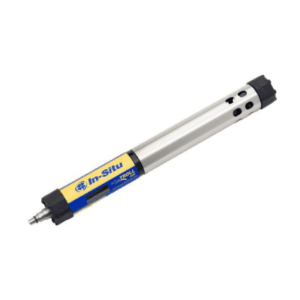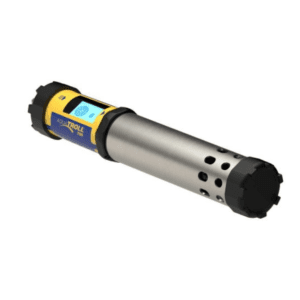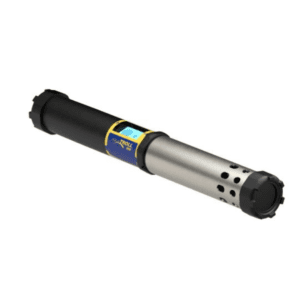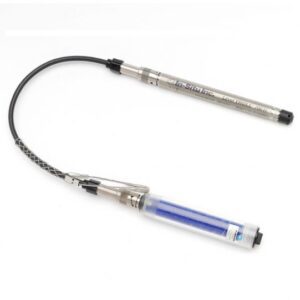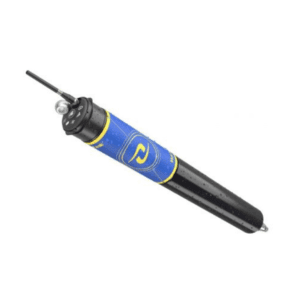Introduction:
As the world grapples with growing concerns about water scarcity and environmental sustainability, continuous groundwater monitoring emerges as a critical tool for understanding and managing our most precious resource. In this comprehensive blog post, we will delve into the depths of continuous groundwater monitoring, exploring its significance, technologies, and the transformative impact it has on water resource management.
Understanding Continuous Groundwater Monitoring:
Why Continuous Monitoring Matters:
Groundwater, often hidden beneath the Earth’s surface, plays a pivotal role in sustaining ecosystems and meeting human needs. Continuous groundwater monitoring is indispensable for several reasons:
Resource Sustainability:
Groundwater represents a significant source of freshwater. Continuous monitoring ensures sustainable use, preventing over-extraction and depletion of aquifers.
Environmental Conservation:
Monitoring groundwater quality helps safeguard ecosystems. Early detection of contaminants allows for prompt remediation, preventing adverse effects on flora and fauna.
Climate Change Adaptation:
Groundwater monitoring provides essential data for understanding the impacts of climate change on water availability. This information is crucial for adapting water management strategies.
Human Health Protection:
Continuous monitoring of groundwater quality ensures the safety of drinking water supplies. Timely detection of contaminants helps mitigate health risks associated with contaminated water.
Technologies Driving Continuous Groundwater Monitoring:
Groundwater Sensors:
Advanced sensors are deployed in wells to continuously measure key parameters such as water level, temperature, and conductivity. These sensors provide real-time data for comprehensive analysis.
Telemetry Systems:
Telemetry technology enables remote data transmission from monitoring sites to a central database. This real-time data accessibility enhances the efficiency of groundwater monitoring networks.
Satellite Imagery:
Satellite technology aids in mapping and monitoring changes in land use and land cover, offering insights into potential impacts on groundwater recharge and quality.
Data Loggers:
Data loggers record and store data from sensors over time. This historical data is invaluable for trend analysis, identifying patterns, and making informed decisions.
Geophysical Techniques:
Techniques such as electrical resistivity imaging and ground-penetrating radar provide non-intrusive ways to assess subsurface characteristics, aiding in understanding groundwater flow and distribution.
Components of Continuous Groundwater Monitoring:
1. Water Level Monitoring:
Continuous measurement of water levels provides insights into groundwater fluctuations over time, helping assess aquifer health and recharge rates.
2. Water Quality Monitoring:
Regular assessment of parameters like pH, dissolved oxygen, and contaminant concentrations ensures the identification of potential risks to both human health and the environment.
3. Flow Monitoring:
Monitoring groundwater flow helps in understanding the movement of groundwater within aquifers, guiding sustainable management practices.
4. Weather and Climate Monitoring:
Integration with weather and climate data provides a holistic understanding of hydrological cycles, aiding in predicting groundwater responses to climatic changes.
Benefits of Continuous Groundwater Monitoring:
Timely Problem Identification:
Continuous monitoring allows for the immediate detection of changes in groundwater conditions, enabling rapid response to emerging issues.
Cost-Effective Management:
Proactive management based on real-time data helps prevent costly damages, ensuring efficient allocation of resources.
Regulatory Compliance:
Meeting regulatory standards is facilitated through continuous monitoring, allowing organizations to address issues before they escalate.
Community Engagement:
Transparent data sharing fosters community awareness and involvement in sustainable water resource management practices.
Challenges and Future Directions:
1. Data Management and Analysis:
The sheer volume of data generated requires robust management systems and sophisticated analytical tools for meaningful interpretation.
2. Sensor Calibration and Maintenance:
Ensuring the accuracy of sensor readings and regular maintenance are essential to obtaining reliable and precise data.
3. Integration with Other Data Sources:
Seamless integration with other environmental and climatic data sets enhances the holistic understanding of groundwater dynamics.
4. Emerging Technologies:
Continuous advancements in sensor technologies, artificial intelligence, and machine learning hold the potential to revolutionize continuous groundwater monitoring, making it more efficient and predictive.
Conclusion:
Continuous groundwater monitoring stands as a cornerstone in the sustainable management of water resources. By providing real-time insights into groundwater quantity and quality, this monitoring approach empowers decision-makers to implement proactive measures, ensuring the availability of clean and sufficient water for generations to come. As technology evolves, continuous groundwater monitoring will play an increasingly pivotal role in addressing the challenges posed by water scarcity and environmental degradation.



